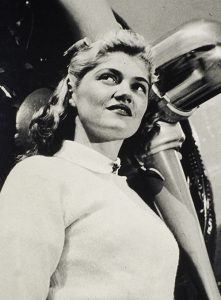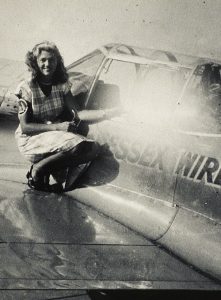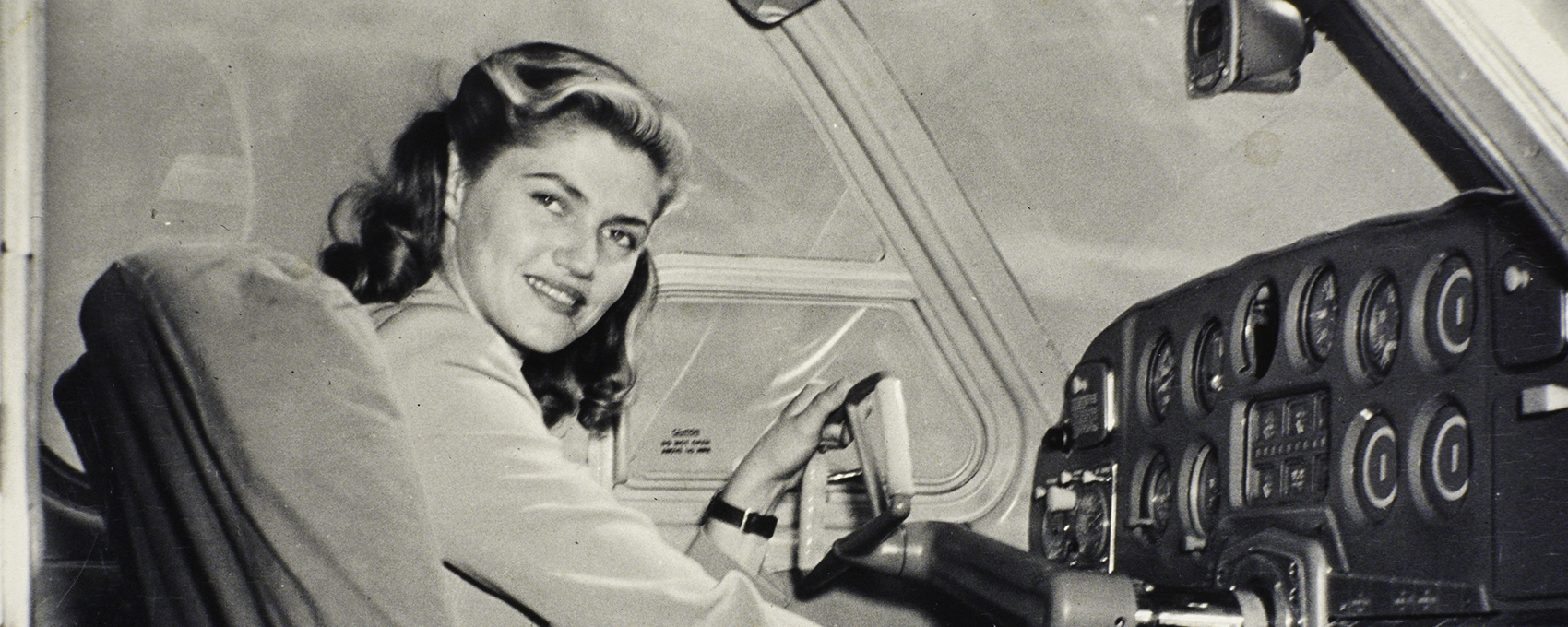Suzhou Facility Opens 2025 with Festive Spirit and Renewed Determination
Two weeks into the new year, the Essex Solutions facility in Suzhou, China ...
International Women’s Day is celebrated on March 8, and this year the theme is to #EmbraceEquity. The mission of IWD is to celebrate women’s achievement; raise awareness about discrimination, and to take action in driving gender parity.
As one of the most accomplished women in aviation history—let alone Superior Essex history—is Sammy Chapin.
Her story is one to be re-amplified.
Sara ‘Sammy’ Chapin developed an early interest in flying and was spurred on her dream when she met Amelia Earhart in the

1930s. After two years of college and volunteering at Detroit Children’s Hospital, she joined the Women Airforce Service Pilots (WASP) Class of 43-W-7. She was stationed at Bigg Field as the 6th Tow Target Squadron, 3rd Airforce during World War II. Following her service, she was discharged and went on to form her own charter company, “Sara Air.”
In 1948 she came to then-named Essex Wire Corporation to head a newly created aviation division.
Following the attack on Pearl Harbor—and the entrance of the United States into World War II—Essex diverted some of its production line to aiding the efforts. At the time, the company produced thousands of miles of field telephone wire and millions of transformers for the Army Signal Corps. It also produced wire harnesses for B-24 Bombers used by the allied countries.
Post-WWII growth continued with rapid expansion. That growth facilitated a unique solution as founder Addison Holton recruited Chapin—who was still just 23—to helm his Essex Air Force. The new department was created to tie the dispersed facilities together. In doing so, Essex became one of the first major corporations to invest in aviation technology.
Essex leaped ahead of its competitors by using its fleet as a business tool. Not only did the division all-but eliminate the expenditures of commercial flights for business travel it also removed wasted time involved with traditional modes of travel such as by car or rail. The increased speed also improved efficiency and synergy between facilities. Holton oft cited executive time travel as well as shared best practices among the managerial ranks as reasons that Essex achieved exponential growth in the era.
Chapin hired pilots and trained plant managers—and provided them with their own parachutes—for each of the limited flight paths that would be needed. Additionally, the modifications that she performed helped create further advancements in not only the business, but the aviation industry at large.
Her know-how ultimately allowed the company to maximize return on its aviation investment.
Chapin told journalist Mike Hawfield before she passed, “I did all the testing. Essex owned the airplane but I’m the one who test flew it after the wings were chopped, … and we put in a new hydraulic reservoir, … and had water injection… and all other things we innovated.”
One of her lasting legacies was kindness—which only complemented her negotiating skills. One such story comes from when building the fleet, she attempted to buy a P-51 Mustang from a less-than-hospitable owner. When they were done conversing the price of the sale had dropped considerably, and it also came with thousands of gallons of fuel that she was able to re-sell for a profit.
Chapin left Essex in 1951 to be married and chose her successor, Bailey Case—who was also a WWII veteran. The two would remain friends while Case and Essex expanded its use of corporate airlines.
Her exploits led to the breaking of the international speed record multiple times—despite her not being allowed to race professionally because of her gender.
Chapin added that she truly enjoyed everything she was able to accomplish with the company.
“I worked very hard,” she said. “I worked hundreds, no thousands of hours—and I had a ball!”
Her field letter notes have been collected and can be read as part of the Women Airforce Service Pilots Official Archive at Texas Woman’s University.
Chapin is also featured in annals of the International Women’s Air & Space Museum. Chapin passed in April of 1999 at the age of 76.
